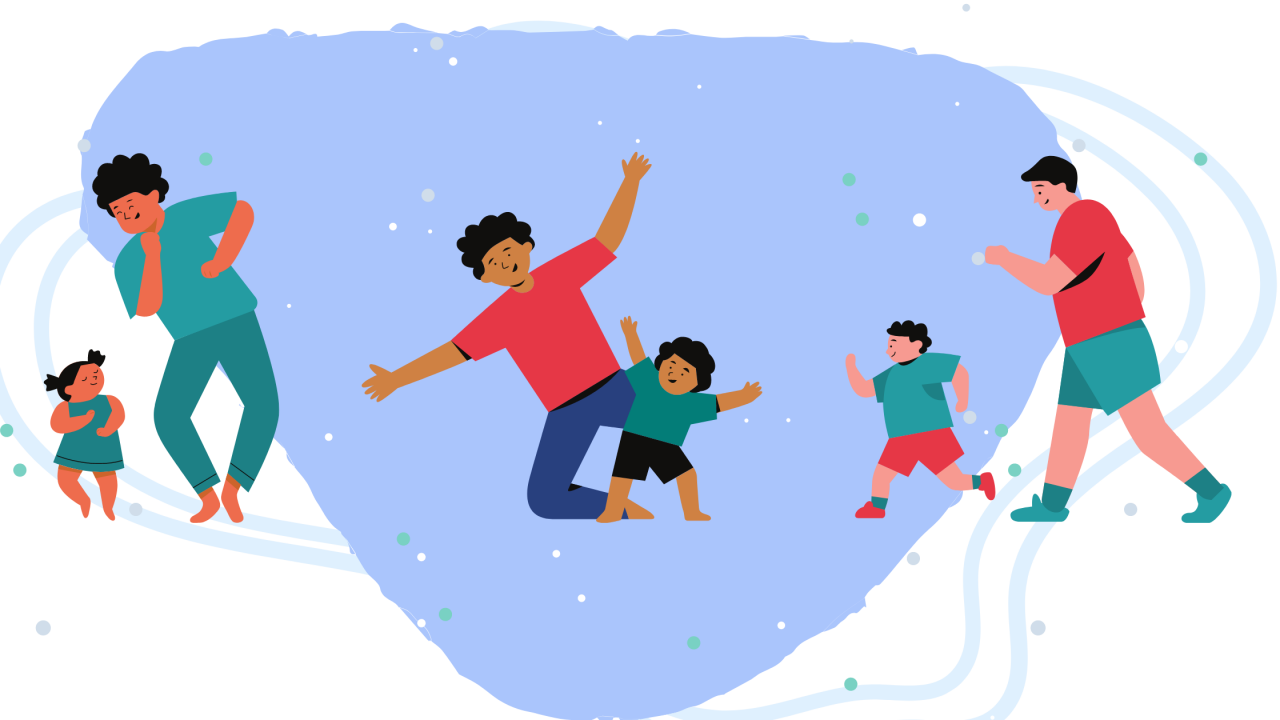In the interest of the positive development of K-12 students, the New Jersey Department of Education (NJDOE) program, “Keeping Our Kids Safe, Healthy & In School,” provides resources for the engagement and wellbeing of students, staff, and community partners. Materials range from checklists and statute descriptions to professional development modules and family-friendly shareables. As you think about your school environment, here are some components of the program to consider.
Goals for ‘Keeping Our Kids Safe, Healthy & In School’
This program focuses on the holistic student experience, acknowledging all effects on student learning. Here are some ways recommended ways to support students:
Student health
The connection between health — in both students and staff — and learning is well-known. For students, learning requires a large amount of energy, emotional regulation, and restorative rest. The strains on learning aren’t always obvious. Things like violence-related behaviors, alcohol and other drug use, sexual risk behaviors, inadequate physical activity, and inadequate physical activity can all affect performance in the classroom. And they are all related to student health.
It’s common to place responsibility on home environments or health care providers. But because students spend at least four hours per day (or more) in school, for at least 180 days each year, it’s important to acknowledge schools’ responsibilities for students’ wellbeing. Physical education and health courses are only a start. Modeling healthy practices and promoting wellness should be intentionally integrated in school activities.
All school buildings must also operate in accordance with certain mandates and requirements. The NJDOE has lists and recommendations for these measures, including the laws regarding vaccination, blood-borne pathogens, and protection of student athletes.
Safe and positive learning environment
School should be a place where students feel safe and accepted. Students want to feel encouraged and supported as they explore their identities and develop in various areas of their lives. The culture and climate of a school can have a large effect on this feeling, and harassment, intimidation, and bullying can turn even the best-planned learning environment into a danger zone.
Keeping schools what they are intended to be — learning environments — takes thoughtful administrative work and collective effort for follow-through and evaluation. This begins with a strong, well-understood code of conduct, a set of policies, procedures, and norms that guide the day-to-day operations of a school day — including transportation and school-sponsored events. When expectations are clear, school will be viewed as a positive place.
School climate surveys can help administrators understand needs for improvement in their school buildings and within the school system. Ongoing professional development for staff, including areas like social-emotional learning and the needs of transgender students, can help professionals keep students’ best interest in mind, considering their rights, safety, and functioning within the school as they make decisions.
Educational services
All students are unique. While schools aim to engage students in the least restrictive learning environment possible, some students’ needs cannot be addressed in the traditional classroom setting. Students may be assigned to modified schedules that reduce time in courses or provide additional time in others, or they may only engage in part-time traditional learning, completing the rest of their studies with home instruction. Other students may learn on full-time home instruction or attend an alternative school program that provides individualized attention and supports for social-emotional development.
However a student is participating in education, providing students with learning opportunities that allow them to meet their needs is most important. Course scope or assignments may be modified, but the essential goals for learning should remain. As alternative educational services are planned, the wellbeing of the student is always the highest priority.
Why school-based prevention efforts matter
Building a healthy life and developing the tools for recognizing safe situations begins at a young age. Even the youngest school-age children encounter situations they must learn how to process — identifying the emotions and what they mean and deciding how to deal with them. Some emotions are more challenging to regulate than others, and if healthy practices are not introduced early in life, coping behaviors that involve risk to the self or others may develop.
Prevention programs work on understanding these health practices and incorporating them into everyday situations — and difficult ones. They can be implemented for any age group and be adapted to the unique social, emotional, and psychological needs of different stages in student development.
As you think about the health and safety of your students, consider utilizing Wellspring’s school-based programs, which address key components of the NJDOE initiative. Through understanding their lives and their communities, students will feel valued, engaged in school, and they will have the tools they need to build a better future.

